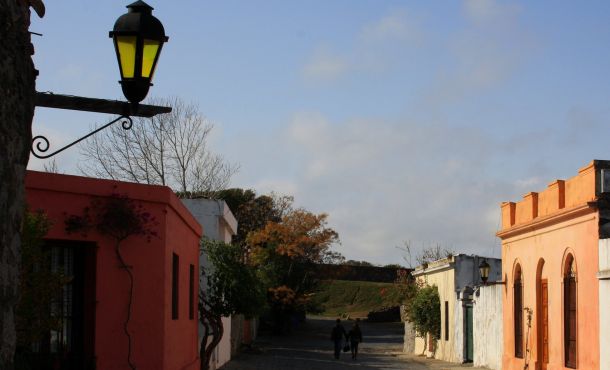Immigration in Uruguay

|
The great wave of immigration to Uruguay came about between 1860 and 1920, takes place the highest wave of immigrants from all over Europe, but mainly from Spain and Italy. Such was the influx of immigrants, who practically drowned preexisting population. It changed the face of the country, and even memory: well into the twentieth century, it was common to find people who still reminded to "immigrant grandparents lowered the boat", not people "proud of their origins patricians" (exist but are a clear minority). A new immigration final push came as a result of World War II, many residents of Central and Eastern Europe arrived here. Among the many people who came to Uruguay to make it his new home, include: Spanish (including Galicians, Basques, Catalans and from other regions such as Andalusia and the Canary Islands), Italy, France (especially of Basque origin), English , Scots, Germans, Swiss, Austrians, Poles, Lithuanians, Hungarians, Slovenes, Croats, Greeks, Russians, Ukrainians, Jews from various sources, and Gypsies, Lebanese, Palestinians and Armenians. There is little Asian population in general in Japan, China and Korea. As pointed Hugarte Renzo Pi and other specialists, immigrants arrived to Uruguay have had a strong tendency to cultural assimilation. Among the factors that contributed to so, include the influence of vareliana reform in education, which achieved strong language integration. Coinciding with the early years of this wave of Europeans, there was also an influx of Afro-Brazilians from the northern border: the Empire of Brazil continued its policy of slavery until the establishment of the Golden Law in 1888, and there were few black slaves fleeing to Uruguay. In addition to bringing their customs, these waves of immigrants involved in the development of the country. And as a testament to all that time include the presence of numerous associations. |
